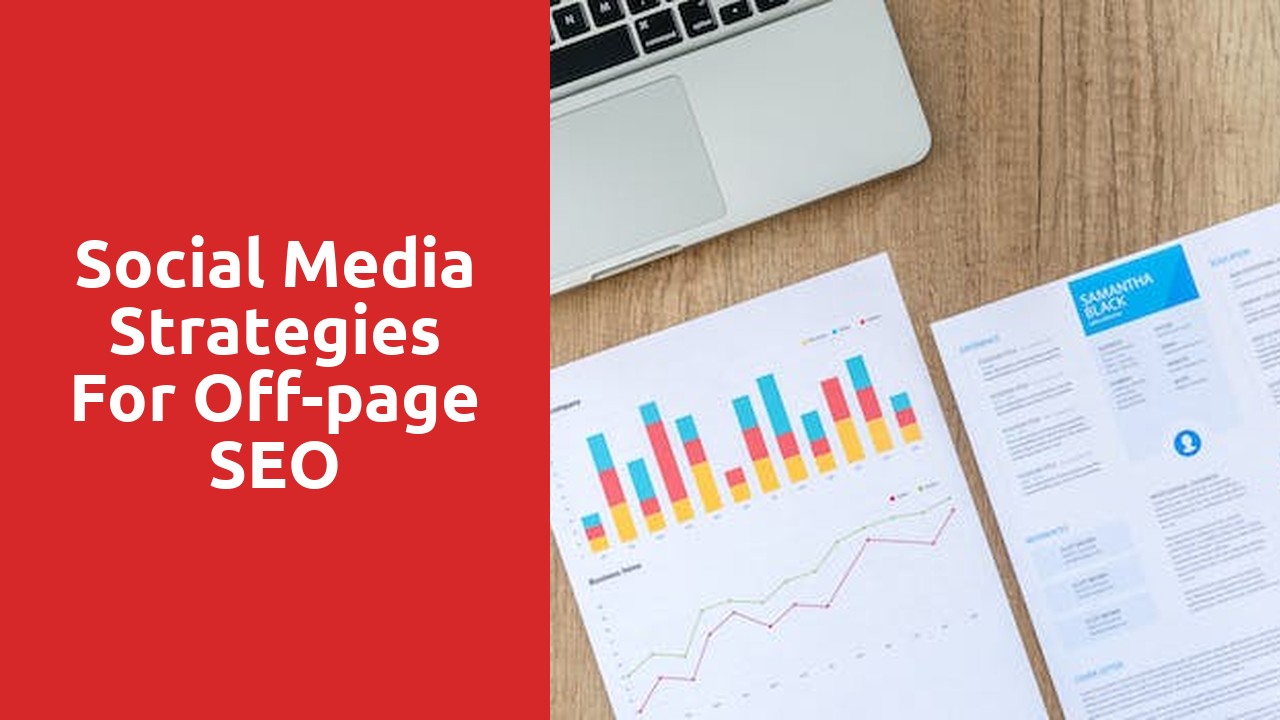The Power of Facebook Insights: Unleashing the Potential of Data
Facebook Insights is an invaluable tool for businesses looking to harness the power of data. With its ability to provide deep analytics and comprehensive metrics, it offers a wealth of information that can drive marketing strategies and improve overall business performance. By tapping into the potential of Facebook Insights, businesses can gain a deeper understanding of their audience, measure the success of their content, and make informed decisions to optimize their online presence.
One of the key benefits of Facebook Insights is its ability to provide businesses with valuable audience insights. This includes demographic information such as age, gender, and location, as well as data on their interests and online behavior. This level of detail allows businesses to segment their audience and tailor their content and messaging accordingly. By knowing who their target audience is, businesses can create more targeted and personalized content that resonates with their customers, leading to higher engagement and conversion rates. Additionally, businesses can also use this data to identify new market segments and expand their reach to potential customers they may not have previously considered.
Identifying Key Metrics: What to Look for in Facebook Insights
When it comes to analyzing the performance of your Facebook page, understanding the key metrics is crucial. These metrics provide valuable insights into the engagement and reach of your posts, helping you make informed decisions to improve your page’s performance. One of the first metrics you should look at is the reach of your posts. This metric measures the number of unique users who have seen your content, helping you gauge the effectiveness of your overall reach strategy. It allows you to understand how many people your posts are reaching and whether your content is resonating with your target audience. Another important metric to consider is the engagement rate. This metric measures the level of interaction and involvement from your audience, such as likes, comments, and shares. A high engagement rate indicates that your content is captivating and encourages users to interact with it, ultimately increasing the visibility of your page. By tracking these key metrics, you can better understand your audience’s preferences and optimize your content to drive higher engagement and reach on Facebook.
Harnessing Audience Insights: Understanding Your Target Market
Understanding your target market is crucial for any business looking to succeed in today’s competitive landscape. Without a clear understanding of who your audience is, it becomes challenging to effectively market your products or services. By harnessing audience insights, you gain valuable information about their needs, preferences, and behaviors, enabling you to tailor your marketing strategies to resonate with them.
One key aspect of understanding your target market is conducting thorough market research. This involves collecting and analyzing data related to your audience’s demographics, psychographics, and buying habits. Demographics include information such as age, gender, income level, and geographic location, while psychographics delve deeper into their values, interests, and lifestyles. By gathering this data, you can identify patterns and trends that will help you segment your audience into distinct groups, each with its unique characteristics and preferences.
By segmenting your target market, you can create more targeted and personalized marketing messages that resonate with each group. Instead of employing a one-size-fits-all approach, you can tailor your communications to address the specific needs and desires of each segment. This targeted approach increases the likelihood that your audience will engage with your brand, leading to higher conversion rates and customer satisfaction. Additionally, by understanding your target market’s preferences, you can make informed decisions about product development, pricing strategies, and distribution channels, ensuring that your offerings align with their expectations. Overall, harnessing audience insights allows you to be more focused and strategic in your marketing efforts, ultimately driving better results for your business.
Tracking Page Performance: Analyzing Reach, Engagement, and Conversion
One crucial aspect of tracking page performance is analyzing reach. Reach refers to the total number of unique users who have seen your page or post. It provides insights into how effectively your content is being exposed to the target audience. By examining reach, you can determine the effectiveness of your outreach strategies and identify areas for improvement. Analyzing reach allows you to understand the scope and potential impact of your content, helping you assess its visibility and reachability.
Engagement is another metric that plays a vital role in tracking page performance. Engagement measures how users interact with your content, such as liking, commenting, and sharing. It gauges the level of interest and involvement your audience has with your page or post. By evaluating engagement, you can assess the quality and relevance of your content to your audience. This metric indicates how well you are connecting with your followers and if your content resonates with them. Understanding engagement helps you tailor your content to meet the preferences and interests of your audience, increasing the chances of building meaningful connections.
Uncovering Demographic Data: Tailoring Your Content to the Right Audience
The success of any content marketing strategy lies in understanding your target audience. By uncovering demographic data, you gain valuable insights into the characteristics and preferences of your potential customers. This information can then be used to tailor your content and create messages that resonate with your intended audience.
Demographic data provides a snapshot of who your customers are, including their age, gender, location, income level, and more. This knowledge allows you to craft content that speaks directly to their needs, wants, and interests. For example, if you are targeting millennial women in urban areas, your content may focus on topics such as career development, self-care, and sustainable living. On the other hand, if your target audience consists of baby boomers in suburban areas, your content may center around retirement planning, health and wellness, and travel experiences. By customizing your content to align with the demographics of your audience, you can increase engagement, brand loyalty, and ultimately, drive conversions.
Analyzing Post Performance: Discovering the Most Effective Content Types
When it comes to analyzing post performance, one of the most important aspects to consider is the type of content being published. Different content types can have varying levels of effectiveness in engaging and attracting audiences. It is crucial for content creators and marketers to understand which types of content work best for their specific goals and target audience.
One common content type that often proves to be effective is informative and educational articles. These types of posts provide valuable information to readers, helping them learn something new or solve a problem. Such articles are particularly useful for establishing thought leadership and credibility in a particular field or industry. By offering valuable insights and practical advice, informative articles can generate high levels of engagement and attract a loyal following.














